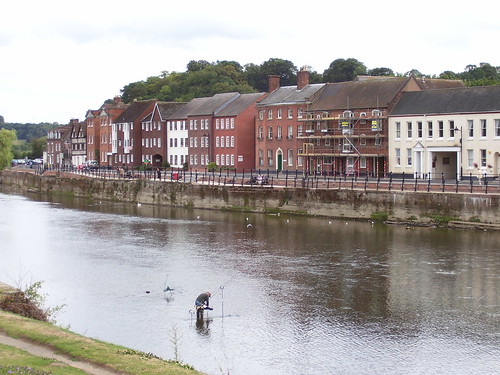A longstanding mystery has been laid to rest this week, as experts finally solved the riddle of a 1,600-year-old body discovered in Gloucestershire 37 years ago. The identity of the 25-30-year-old man, unearthed in a mausoleum in Kingsholm Square in 1972, had long evaded archaeologists. Yet now thanks to chemical testing, a team has revealed him to have been an eastern European Goth warrior from around 400 AD.
The man’s lavish burial includes a silver belt buckle and inlaid knife from the Balkans and southern Russia, which show him to have been someone of high rank – experts believe he may have been a Goth mercenary hired by the Roman Army, whose capital city fell to Alaric’s Visigoths just ten years later in 410 AD.
David Rice of Gloucester City Museum thinks the warrior may have been employed to warn off potential pirates: “Archaeologists have always wondered who he was and what he was doing in Gloucester. We’ve discovered he came from way outside of the Roman Empire, from the other side of the Danube.
“It was possible to detect he lived in very cold regions as a child, before moving west,” adds Mr Rice. “To have such an unusual person in this city means that Gloucester was a more important place in Roman times than we’ve previously thought. Perhaps there were pirates coming up the River Severn?”
